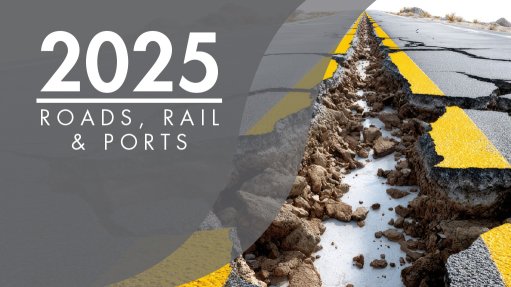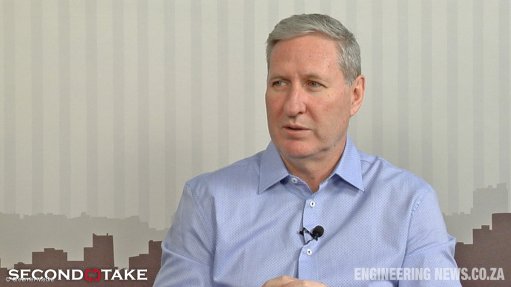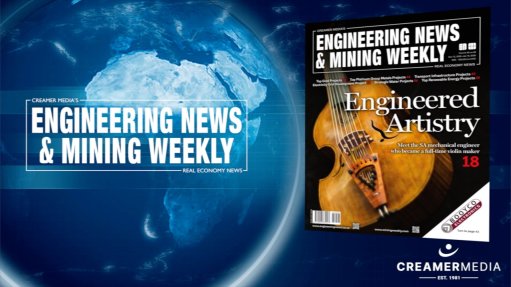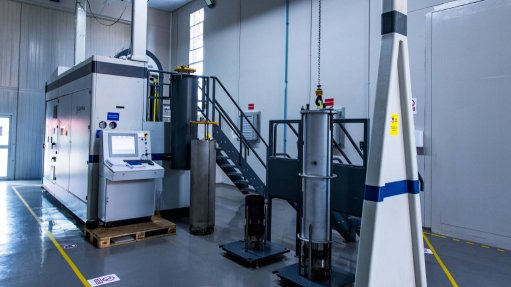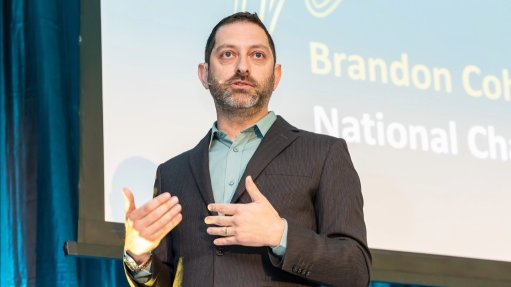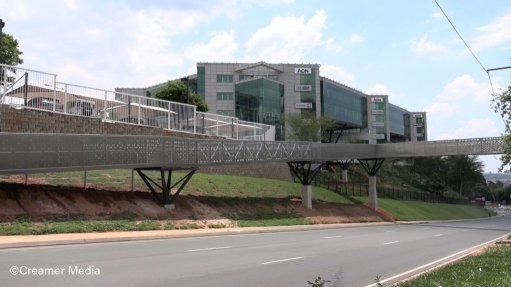Lies in high places
Before Donald Trump hurled the term ‘fake news’ like a grenade at a journalist in 2016, and the world watched it explode into mainstream lingo, it was largely the jargon of ivory-towered academics and media theorists. Now, it’s practically a household phrase.
But it has a very long history. Media studies eggheads tell us it was coined in the nineteenth century – that is, during the 100 years from 1800 to 1899. Its early meaning – which it has retained in both popular and academic usage – is disinformation: deliberately false information presented as the outcome of journalistic processes to achieve selfish ends. A definition from a prominent contemporary academic is that it’s “fabricated information that mimics news media content in form but not in intent”.
This has become far easier with the rise of AI. In one of the latest incidents in South Africa a couple of weeks back, someone posted on social media a letter purported to be from the SABC announcing a new fee for motorists with radios in their vehicles. I could feel anger rising within me, as I don’t listen to any of the SABC’s radio stations on my daily commute to and from work. Thankfully, the SABC acted swiftly to refute this.
But Zimbabweans are not so lucky – they are now required to have a car radio licence or face a hefty fine.It’s worth noting that fake news, or disinformation, is not the same as two other phenomena: misinformation and mal- information. Misinformation occurs when, owing to journalistic lapses, the media publish inaccurate information. Mal-information, on the other hand, involves the publication of factual information to harm the reputation of an individual or institution. Let’s say political party A is aware of damaging facts about political party B and releases them just before an election.
Disinformation – aka fake news – misinformation and mal-information are all detrimental to the media industry, but the impact is more pronounced when disinformation is involved. According to a recent global study, only 40% of people worldwide now trust the media, with the proportion as low as 32%, 31% and 30% respectively in the US, France and Argentina. Granted, traditional media forms have seen their readership plummet in the face of an unprecedented onslaught from Internet-based technologies, but eroding trust is very much a factor behind the shrinking audience base.
Characters like Trump have been unrelenting in peddling fake news. In one of many recent instances – during his televised meeting with President Cyril Ramaphosa in the White House’s Oval Office – he showed a couple of videos and waved several press cuttings to bolster his claim that a genocide targeting Afrikaners is under way in South Africa. One of the videos was an aerial shot of thousands of white crosses by the side of a road, which he claimed was a burial site for victims of the imaginary genocide.
The ‘burial site’ fake news has since been debunked. In a piece of brilliant journalism, a BBC journalist, who learnt from her sources the stretch of road in the video is part of the thinly tarred P39-1 highway connecting the towns of Newcastle and Normandien, in KwaZulu-Natal, visited the area the very next day, only to find the crosses long gone, with no sign of a cemetery.
What’s more, one of the still images produced as further evidence of mass killings in South Africa turned out to be a screenshot of a video taken in the Democratic Republic of Congo by a Reuters journalist. It showed a mass burial in the east of the sprawling Central African country following an assault by anti-government rebels.
There is another variant of fake news besides blatant lies – what our egghead friends call ‘fake news genre’ – and it’s known as ‘fake news label’. This is when the high and mighty brand factual news they dislike as “fake news” and was also on display during Trump’s performance last month. Responding to an ABC News reporter who had asked him about a $400-million jet gifted to the US Air Force by Qatar, he snapped: “You are ABC fake news, right? You should be embarrassed asking that question.”
The idea behind “fake news label” is to delegitimise the news media, and it could be as pernicious as fake news genre. We need to guard against both.
Article Enquiry
Email Article
Save Article
Feedback
To advertise email advertising@creamermedia.co.za or click here
Comments
Announcements
What's On
Subscribe to improve your user experience...
Option 1 (equivalent of R125 a month):
Receive a weekly copy of Creamer Media's Engineering News & Mining Weekly magazine
(print copy for those in South Africa and e-magazine for those outside of South Africa)
Receive daily email newsletters
Access to full search results
Access archive of magazine back copies
Access to Projects in Progress
Access to ONE Research Report of your choice in PDF format
Option 2 (equivalent of R375 a month):
All benefits from Option 1
PLUS
Access to Creamer Media's Research Channel Africa for ALL Research Reports, in PDF format, on various industrial and mining sectors
including Electricity; Water; Energy Transition; Hydrogen; Roads, Rail and Ports; Coal; Gold; Platinum; Battery Metals; etc.
Already a subscriber?
Forgotten your password?
Receive weekly copy of Creamer Media's Engineering News & Mining Weekly magazine (print copy for those in South Africa and e-magazine for those outside of South Africa)
➕
Recieve daily email newsletters
➕
Access to full search results
➕
Access archive of magazine back copies
➕
Access to Projects in Progress
➕
Access to ONE Research Report of your choice in PDF format
RESEARCH CHANNEL AFRICA
R4500 (equivalent of R375 a month)
SUBSCRIBEAll benefits from Option 1
➕
Access to Creamer Media's Research Channel Africa for ALL Research Reports on various industrial and mining sectors, in PDF format, including on:
Electricity
➕
Water
➕
Energy Transition
➕
Hydrogen
➕
Roads, Rail and Ports
➕
Coal
➕
Gold
➕
Platinum
➕
Battery Metals
➕
etc.
Receive all benefits from Option 1 or Option 2 delivered to numerous people at your company
➕
Multiple User names and Passwords for simultaneous log-ins
➕
Intranet integration access to all in your organisation




